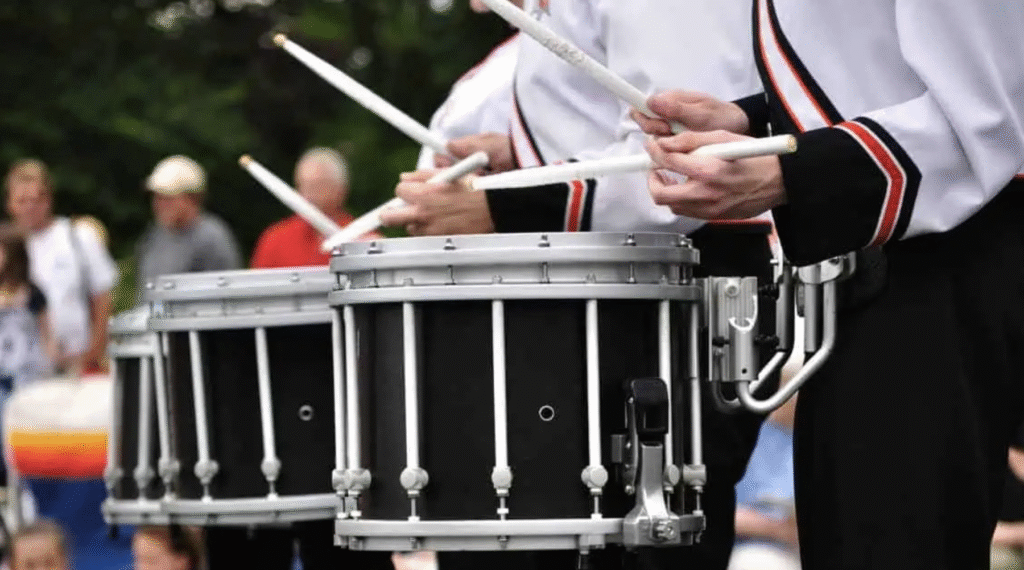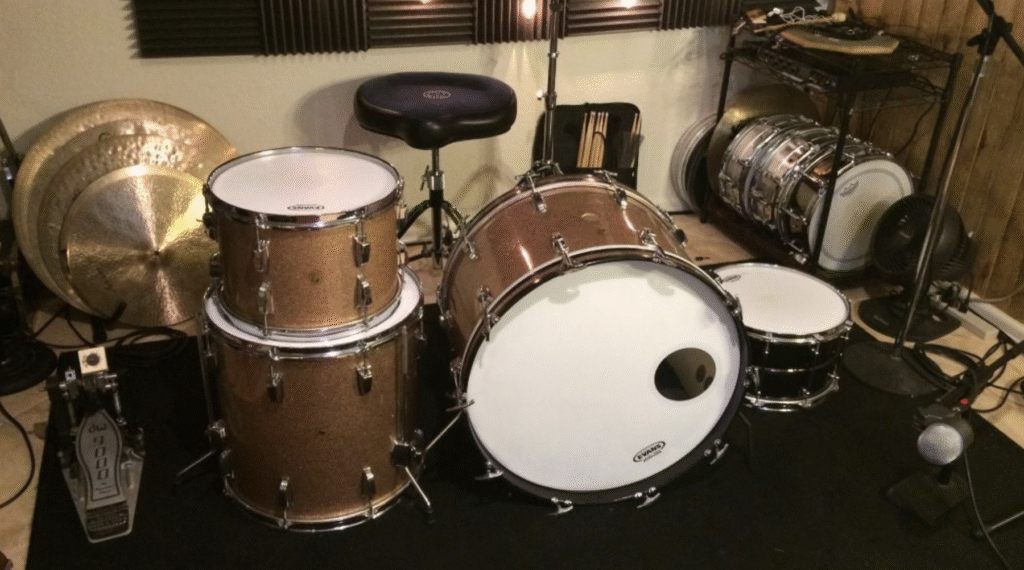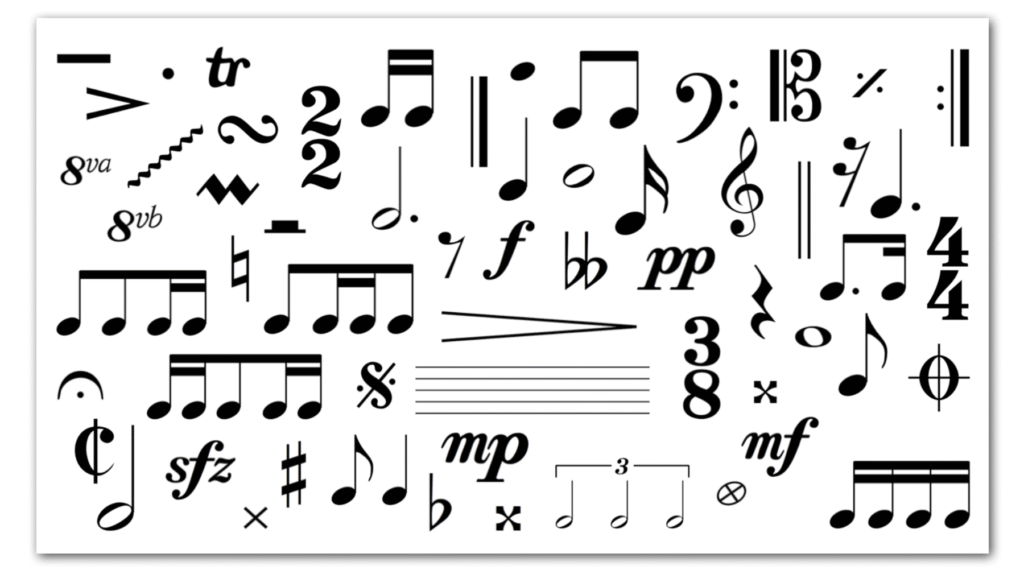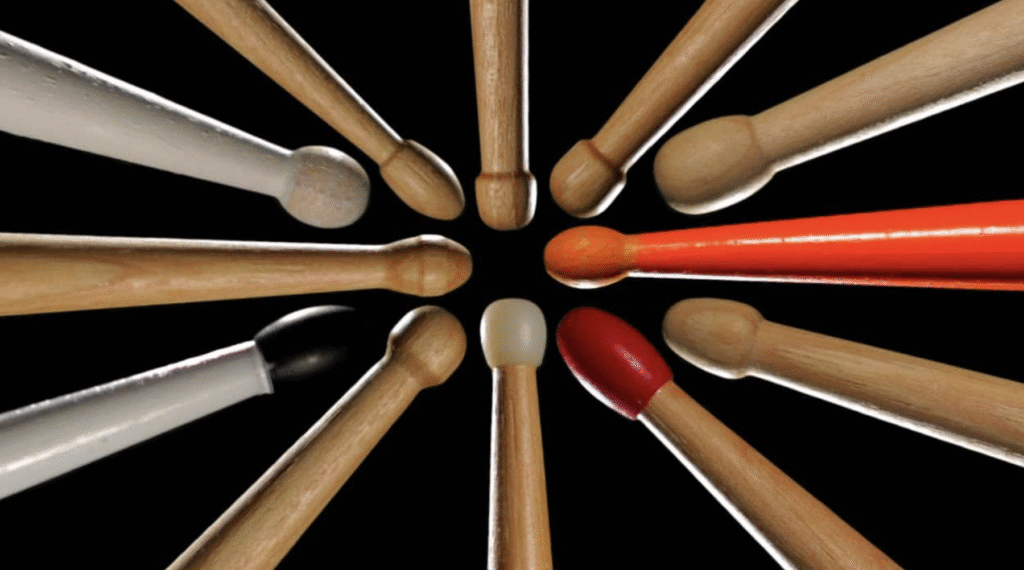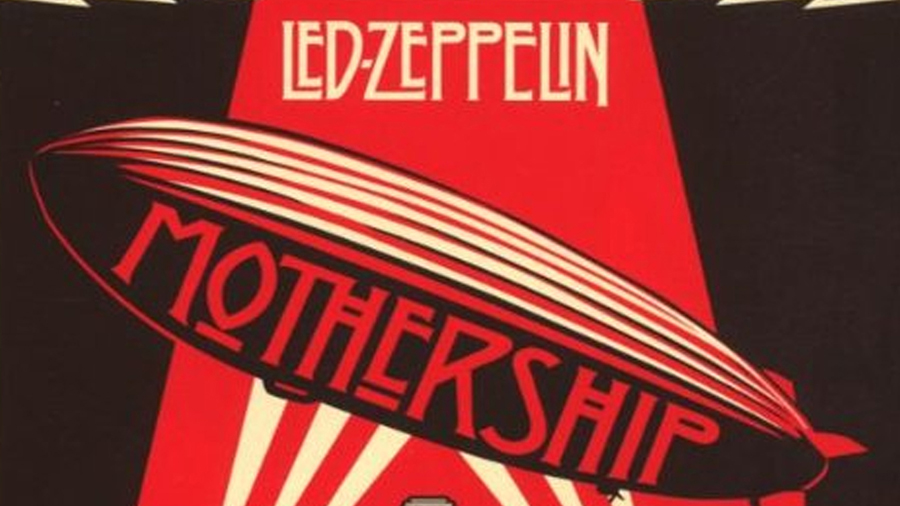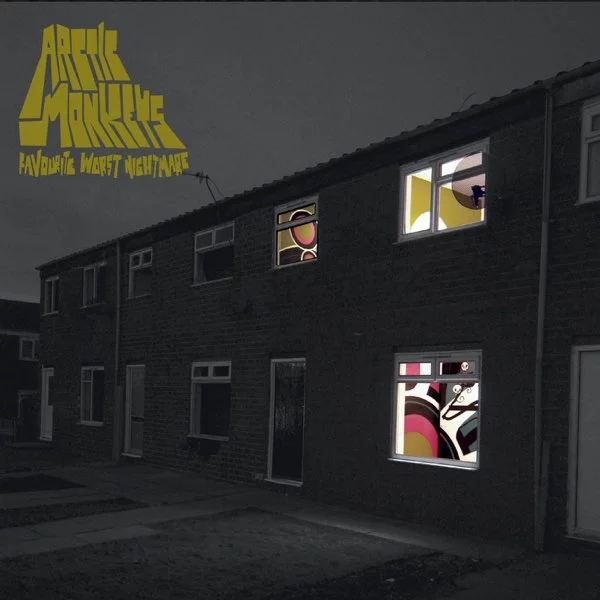What Are Drum Rudiments?
A drum rudiment is one of a set of patterns that form the basic building blocks of drumming, a bit like an alphabet for writing, or scales for the piano. The most famous drum rudiment is the Drum Roll.
The rudiments can be combined in a variety of ways to create interesting rhythms and patterns for the drums. They enable drummers to express themselves musically on the drum kit.
Some rudiments seem to have silly-sounding names- Paradiddle, Flama-diddle etc. These reflect the sound made on the drum when you play them and can help you learn the drum rudiment (and make you laugh).
In this post, we’ll break down what drum rudiments are, why they matter, and how you can use them to improve your playing.
What Exactly Are Drum Rudiments?
Drum rudiments are fundamental sticking patterns. These are short combinations of right and left-hand strokes used to build control, speed, and coordination. Think of them like the alphabet of drumming. Just as letters form words, rudiments form rhythms.
There have been many attempts to formalise a standard list of snare drum rudiments. The National Association of Rudimental Drummers (NARD), an organization established to promote rudimental drumming, put forward a list of 13 “essential” rudiments, and later a second set of thirteen to form the original 26. Finally, the Percussive Arts Society (PAS) reorganized the first 26 and added another 14 to form the current “40 international drum rudiments”.These are divided into four main categories: single stroke, double stroke, diddles, and flams. Each type has its own feel and purpose.
Why Are Rudiments Important?
Rudiments are essential because they teach your hands how to move efficiently and musically. Whether you’re playing on a pad or a full drum set, mastering them gives you a strong technical base.
Here’s what rudiments help you develop:
-
Control: Learn to control stick bounce and wrist motion.
-
Coordination: Build up coordination between your hands.
-
Endurance: Play longer without tiring out.
-
Creativity: Turn simple patterns into more interesting grooves and fills.
Every great drummer—whether in rock, jazz, or marching band—practices rudiments.
The Most Common Rudiments for Beginners
You don’t need to learn all 40 rudiments right away. Start with a few basics that carry over to everything else.
-
Single Stroke Roll: R L R L R L…
The most basic pattern. Used everywhere. -
Double Stroke Roll: R R L L R R L L…
Helps build wrist control and rebound. -
Paradiddle: R L R R L R L L…
Great for moving between drums and learning accents. -
Flam: A grace note followed by a full stroke.
Adds texture and emphasis. -
Drag: Two grace notes followed by a full stroke.
Often used in jazz and snare solos.
Start slow. Use a metronome. Focus on clean strokes, not speed.
How to Practise Rudiments
Consistency is key. A few minutes every day will bring better results than an hour once a week.
-
Use a practice pad: It’s quiet and focuses your technique.
-
Keep a log: Track which rudiments you practice and at what tempos.
-
Set a timer: Practice each rudiment for 2–5 minutes before switching.
-
Use both hands equally: Start with your non-dominant hand sometimes to stay balanced.
Don’t just play them mindlessly. Listen to the sound. Are both hands equal in volume? Are you using your wrists more than your arms? Small adjustments go a long way.
Applying Rudiments to the Drum Kit
Once you’re comfortable, move rudiments to the kit. This is where things get fun.
Try moving the paradiddle around the toms. Play the flam on a snare and crash combo. Use a double stroke roll to build a rapid fill into a chorus.
Rudiments are not just drills—they’re musical tools. When used creatively, they can unlock endless grooves and solos.
Tips to Stay Motivated
Practicing rudiments can feel repetitive. Here are a few ideas to keep things interesting:
-
Play with music: Loop a backing track and apply a rudiment to the beat.
-
Challenge yourself: Increase tempo in small steps as you improve.
-
Record your progress: It’s rewarding to hear how much cleaner and faster you’ve become.
-
Join a drumming group: Share tips and learn from others online or in person.
Most importantly, be patient. Every drummer starts somewhere, and rudiments are the path to greatness.
Final Thoughts
So, what are drum rudiments? They’re more than just patterns—they’re the DNA of drumming. By practicing them, you build solid technique, boost creativity, and give yourself the tools to express any musical idea.
Whether you’re a beginner or brushing up after years away, rudiments are always worth your time. Stick with them, pun intended, and your drumming will thank you.

